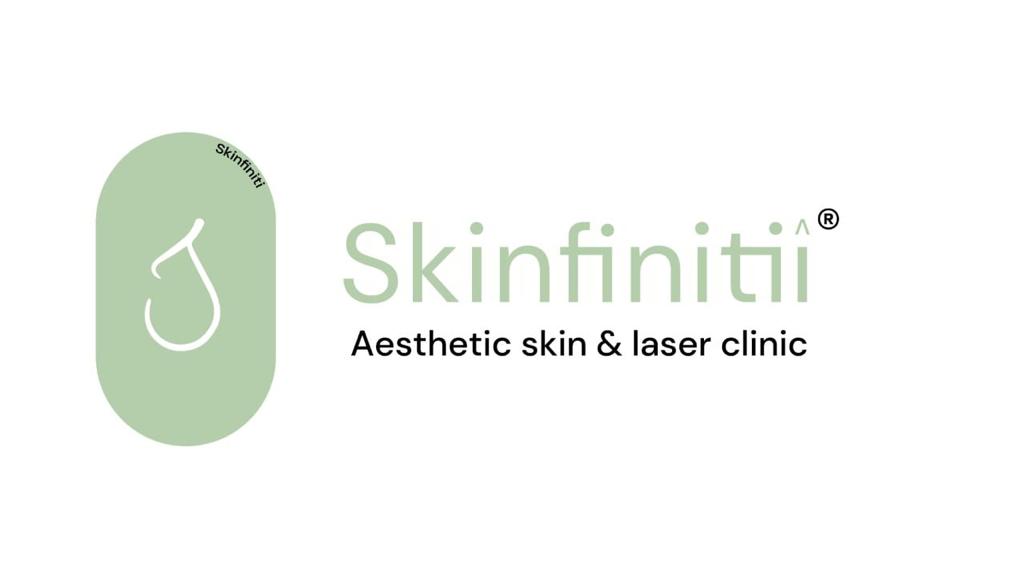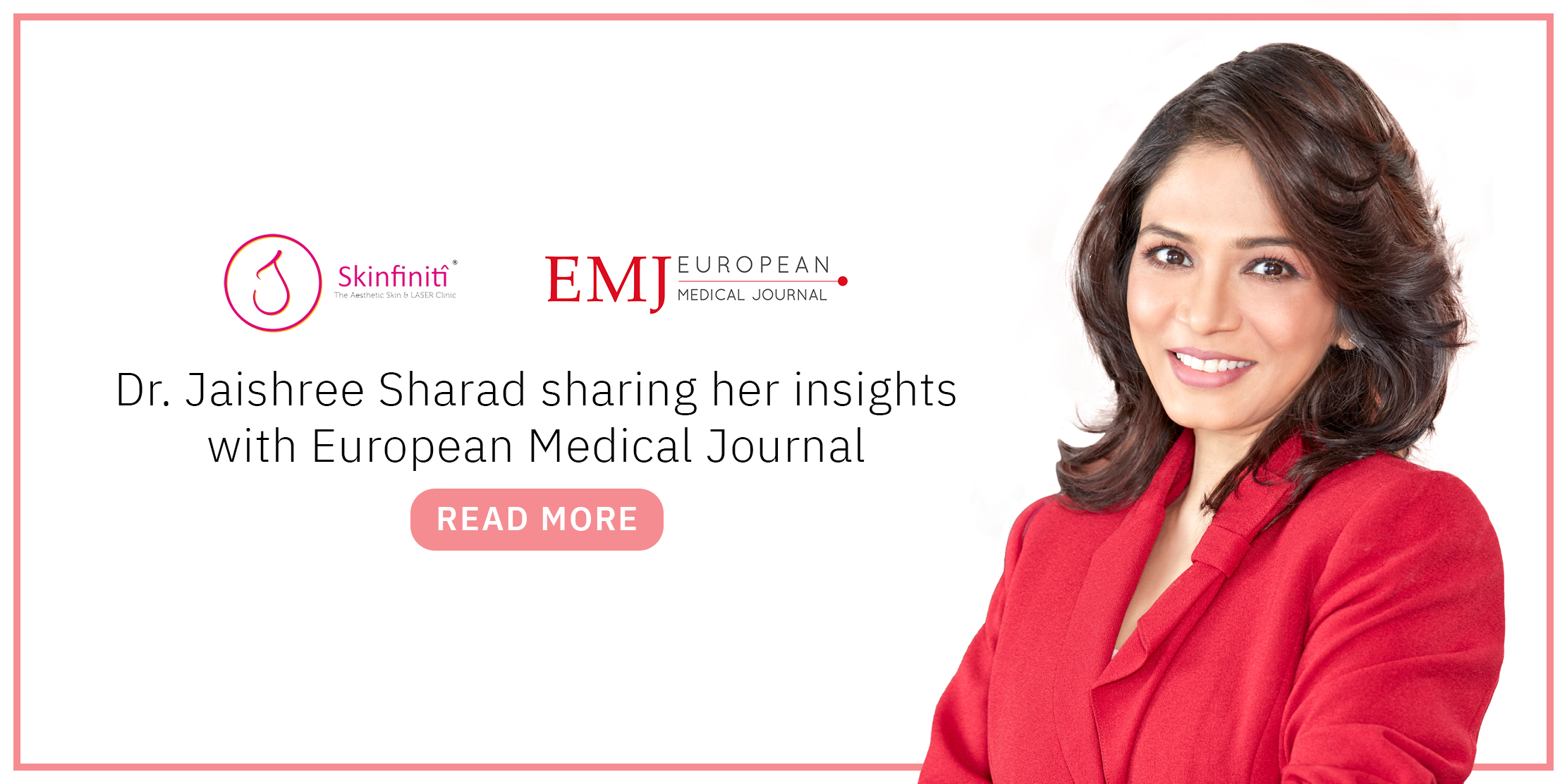Q1. What inspired or influenced you to become a dermatologist? What continues to inspire you in your job?
A: After completing my MBBS, I completed a 1-year internship, rotating from one department in the hospital to another. During my internship in the department of dermatology, I found the subject to be extremely interesting. Cosmetic issues were not that common at that time, but acne, leukoderma, vitiligo, and many other disorders could be physiologically very disturbing and to cure them was gratifying and rewarding; and of course, there were hardly any emergencies in this field. This was the initial reason that I took up dermatology, but by the time I finished my postgraduate degree, dermatologic surgery had become popular and we were doing chemical peels, lasers, and dermatologic surgeries. Botulinum toxin and fillers were just beginning to become known in India and I found it intriguing. I went ahead and did my fellowship in injectables in the USA and in Bangkok. The concept of recreating youthfulness was exhilarating and rewarding; recreating natural beauty and sculpting faces is something that I am extremely passionate about. To help somebody to become scar-free, to make somebody look more gorgeous, to instil that confidence in someone is something I look forward to every single day and there is nothing more gratifying than the feeling of making someone feel happy and confident.
Q2. Within your 20 years of practising cosmetic dermatology, what are the most common skin disorders that you came across? Furthermore, in your expert opinion what basic advice would you give to the population to prevent these disorders from arising?
A: In my 20 years of practice, the most common skin problem that I have come across in India is pigmentation. People have all kinds of pigmentary disorders due to sun exposure, oil use, herbal supplements, and powders that have a lot of heavy metals. Hair dye and perfume allergies causing pigment contact dermatitis or Riehl melanosis is very common. People tend to use a lot of pumice stones, scrubs, and loofahs which causes friction melanosis and macular amyloidosis. I would advise people to start using an adequate quantity of sunscreen every single day whether it is raining, snowing, hot, or cloudy, and if they are outdoors for >2 hours they must learn to reapply the sunscreen, and, of course, moisturise well. I also urge individuals to eat healthily, exercise every day, and make sure they get at least get 7–8 hours of sleep. I would advise them to stay away from habits such as smoking, alcohol, and excessive sugar intake.
Q3. During your education and career, you have worked in various countries including the USA, Thailand, and Germany. How has travelling and meeting medical experts from different countries influenced your career and did you notice any differences in research and treatment focuses compared to India?
A: I think I have been extremely fortunate to have had the opportunity to travel all over the world and to observe a lot of my mentors practising in their clinics. I have always learnt a lot from them, from newer techniques, to the art of managing complications, and fine-tuning the skills for injectables, lasers, or any aesthetic procedure for that matter. I think that in India, we have the right facilities, but people need to be more open to aesthetic procedures or even basic skincare. People tend to ignore their skin all the time and take it for granted. The awareness has begun in metropolitan cities, but India is a country with more towns and villages, and this message must seep in everywhere.
Q4. From a clinical viewpoint, what dermatological disorder fascinates you the most and stands out from the rest?
A: I am an aesthetic dermatologist, so for me, ageing is very fascinating. The fact that it is not just your collagen that degrades, but that also your deep fat pockets are disappearing, there is bone resorption, and the superficial fat hypertrophies and sags down, changing the way you look. The fact that you can turn back the clock nonsurgically with the help of fillers, certain lasers, and skin tightening devices, and make people look confident in their own skin is amazing.
Q5. Following your ethos of making people feel confident in their own skin, you have authored two books: ‘Skin Rules’ and ‘Skin Talks’ and edited one textbook. Could you please summarise the main take-home messages from these publications?
A: In my first book, ‘Skin Talks’, I described the anatomy of skin and its different layers; the process of skin ageing; the harmful enemies of skin including smoking, alcohol consumption, lifestyle, and diet; how to take care of your skin by using the right cleansers, moisturisers, sunscreens, and anti-ageing creams; and the difference between skincare in summer, winter, and in monsoons. The book is more of a ‘skin bible,’: it has got a very detailed descriptions on skincare. ‘Skin Rules’ on the other hand is more of a fun book. It is easy to read and contains simple tips and pictorials. The things I discuss in ‘Skin Rules’ include the ideal skincare ritual; how one should acquaint oneself with different labels that are seen in shops; how to deal with acne; hyperpigmentation; different ‘skin myths’ that exist; the difference between serums, creams, and lotions; the importance of exfoliation, food, and exercise; the right kind of lifestyle; and when should one see a dermatologist. By and large, both books will tell you that you should not ignore your skin and a lot of time the skin is trying to tell you something that is happening within your body. For example, you may have dry skin, pigmentation, or hair loss in hyperthyroidism; you may have acne, hair loss, or hair growth with polycystic ovarian syndrome; and you may have acanthosis nigricans and infections in diabetes. I am the chief editor of the cosmetic dermatology textbook called ‘Aesthetic Dermatology: Current Perspectives.’ I have written about 12 chapters in it and the others have been written by esteemed dermatologists from India and abroad. There are sections on cosmeceuticals, botulinum toxin, soft tissue augmentation, lasers, and devices. It is a handy book for dermatologists, plastic surgeons, and aesthetic physicians.
Q6. As an active member of various organisations and journals, could you indulge us on your current tasks as a Board of Director within the International Society of Dermatologic and Aesthetic Surgery (ISDS) and the aims and scope of the organisation?
A: As a member of the Board of Directors of ISDS, it is my duty to see that more dermatologists, plastic surgeons, and aesthetic physicians become members, as well as exchange ideas from various parts of the globe and learn and innovate newer techniques. It is important to explore new talent and bring out the best in every doctor in order to be able to give excellent cosmetic results to our patients. At ISDS, we conduct workshops and conferences in dermatologic surgery and aesthetic dermatology in order to be able to teach more students. We also plan to have mentors across the globe so that it becomes easy for students to learn not just the basics, but also the latest developments in the field.
Q7. The rise of pollution and the thinning of the ozone layer are contributing to increased levels of environmental factors that affect the health of skin and may lead to nonmelanoma skin cancer. In your expert opinion, what safety precautions would you recommend, and do you believe these merits wider global attention?
A: Pollution is on the rise all over the world. In India, it is due to road dust, soot from vehicles, fuel from industries, and kitchen fires. It is becoming a perpetual problem because of the construction of new roads, metros, and buildings, which has been an ongoing process. The rise in pollution is not harmful for human beings alone, but also for the flora and fauna. In humans, apart from causing damage to the lungs, there is also an increase in free radicals which may lead to skin cancer. Free radicals increase in the skin, leading to allergic rashes, itching, blotchy and dry skin, increased skin sensitivity, acne, fine lines, wrinkles, premature greying of hair, premature hair loss, pigmentation, and increased incidence of rosacea, all because of pollution. Aside from having basic skincare in the form of cleansing, moisturising, and using a sunscreen, one must pick a moisturiser which protects the lipid barrier layer of the skin; and, antipollution creams should be used. Maximum effort should be made to avoid adding to pollution. Those who work outdoors should wear masks which not only cover the nose and mouth, but the entire face, excluding the eyes. It is important to drink enough water and have a lot of antioxidants in the diet. Supplements and vitamin C, E, and A help, and in extreme conditions, air purifiers can be kept in the home. One can take oral supplements of antioxidants or have organic food (especially brightly coloured berries and fruits) in order to help the body to fight the toxins caused by pollution.
Q8. Holding numerous awards to your name, such as winner of the ‘Best Skin Expert’ at Vogue Beauty Awards 2016 and Elle Beauty Awards 2016, and winner of the ‘50 Outstanding Women in Healthcare 2017’ at the World Health and Wellness Congress, what advice would you give to aspiring dermatologists and cosmetic dermatologists?
A: My advice to young dermatologists is to dream big; even the sky is not the limit, and everything is possible if you work towards it sincerely and honestly. Make sure you work hard and keep upgrading your knowledge all the time. There is no end to learning. Also, never forget to keep your integrity, your respect, and your ethics. We are doctors, and what we must have is empathy and compassion. We should be able to help our patients to make right decisions, rather than just carry out a lot of treatments to make money. Keep the hunger for learning alive. And most importantly, stay happy.

